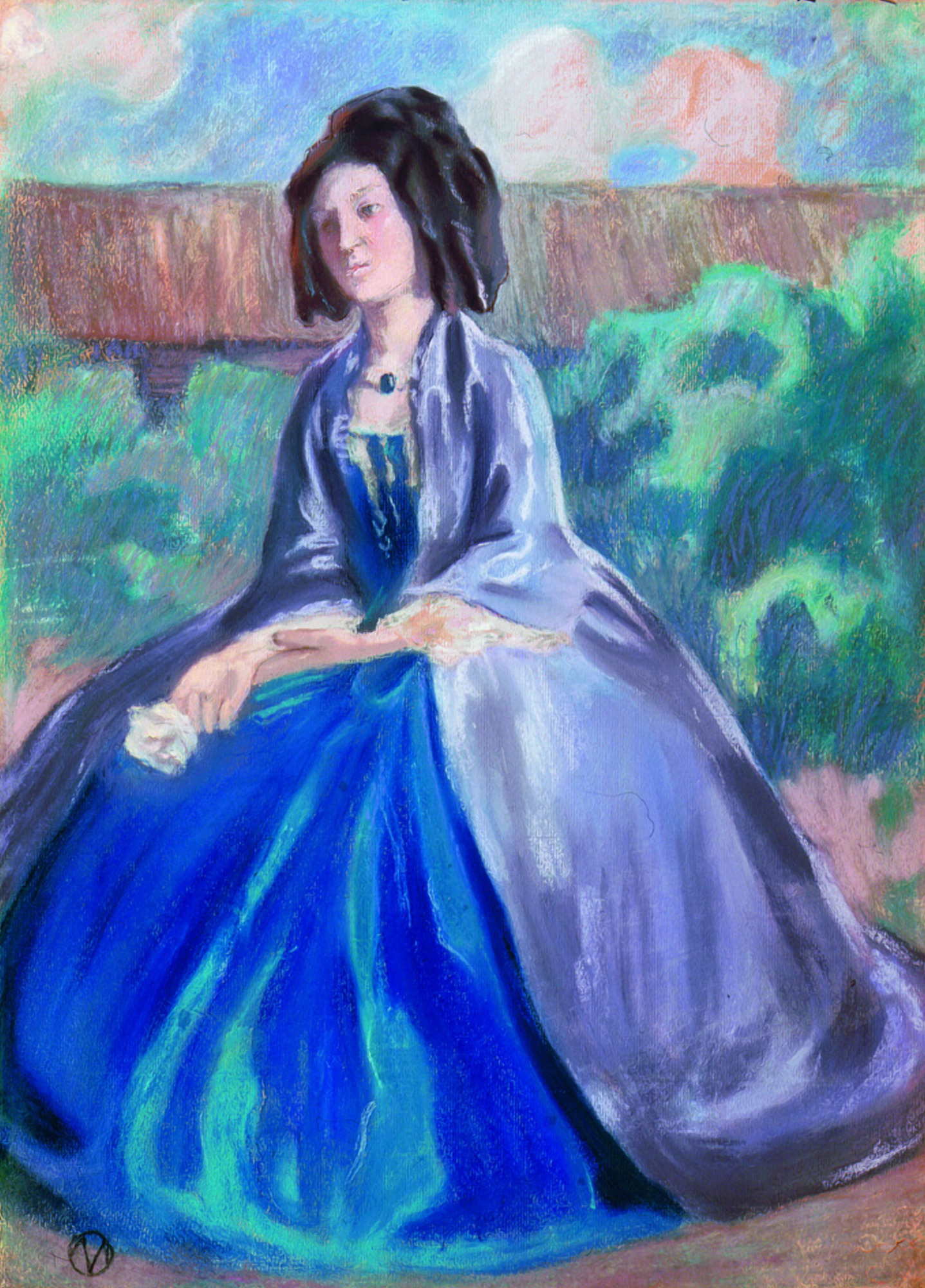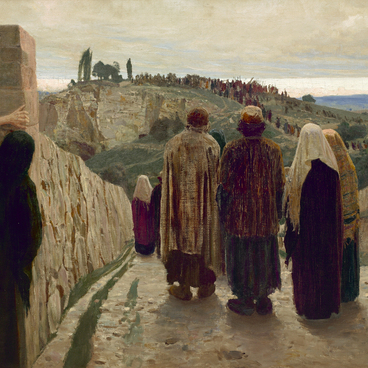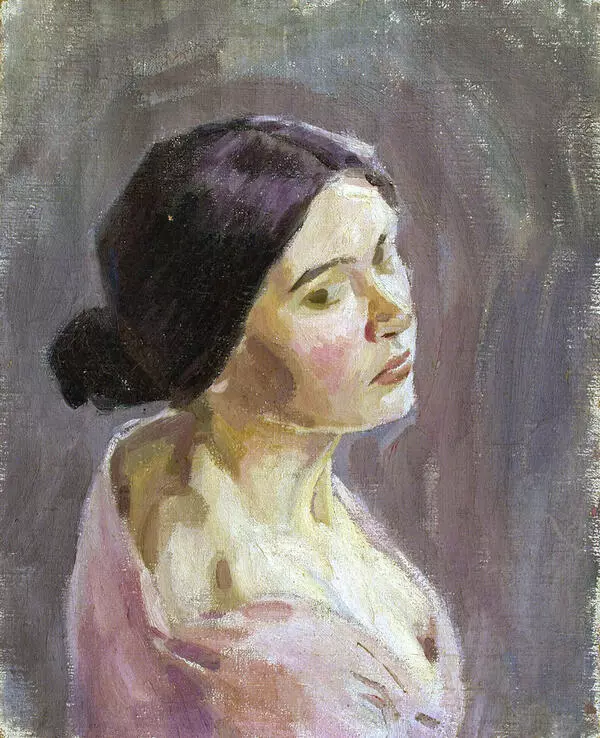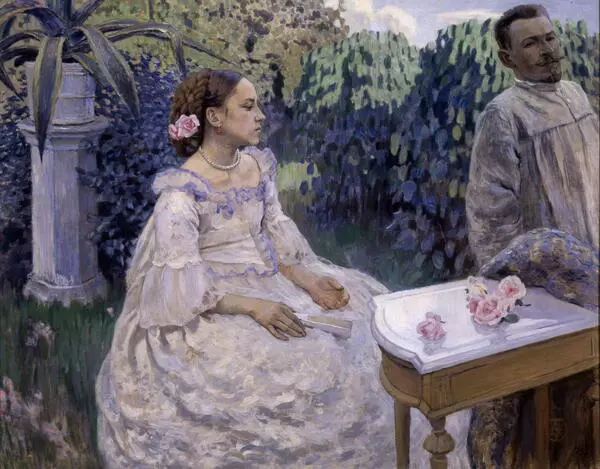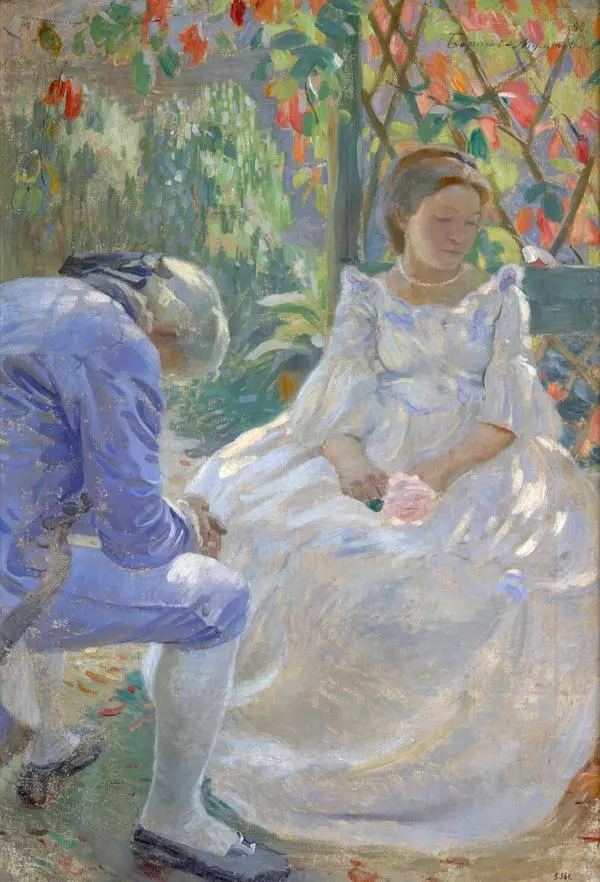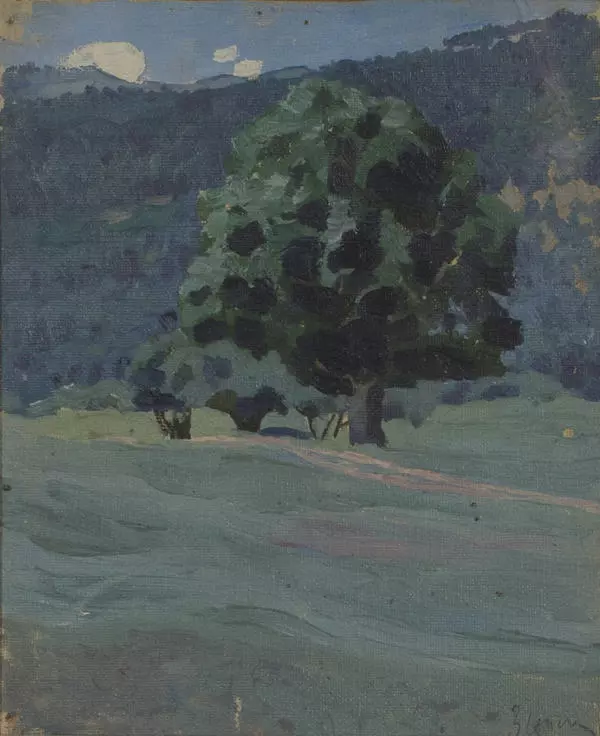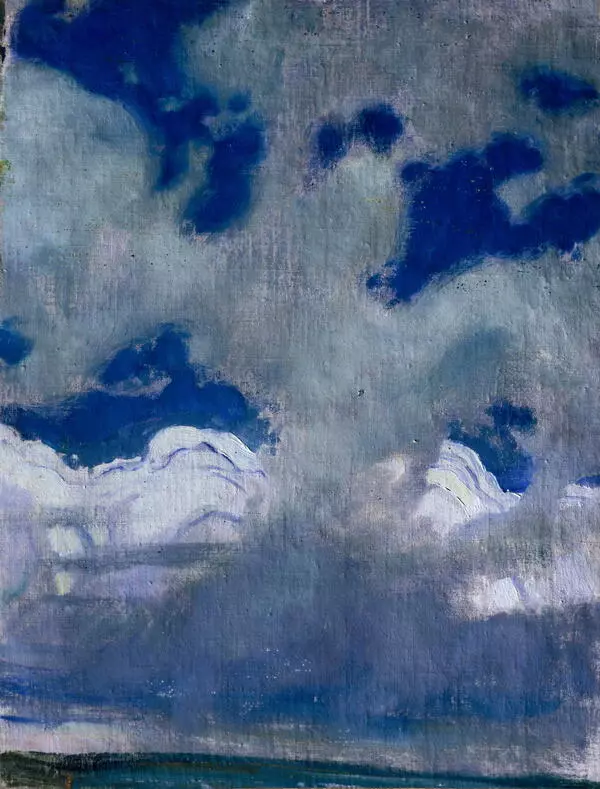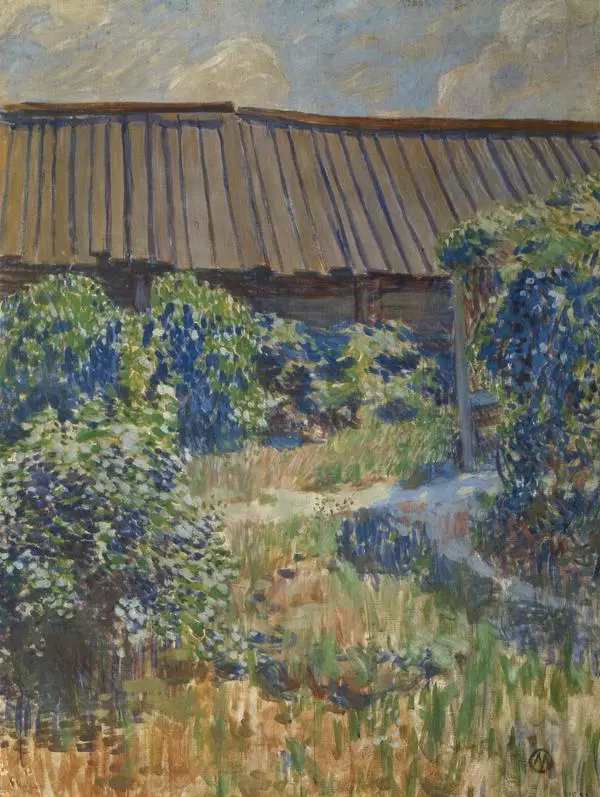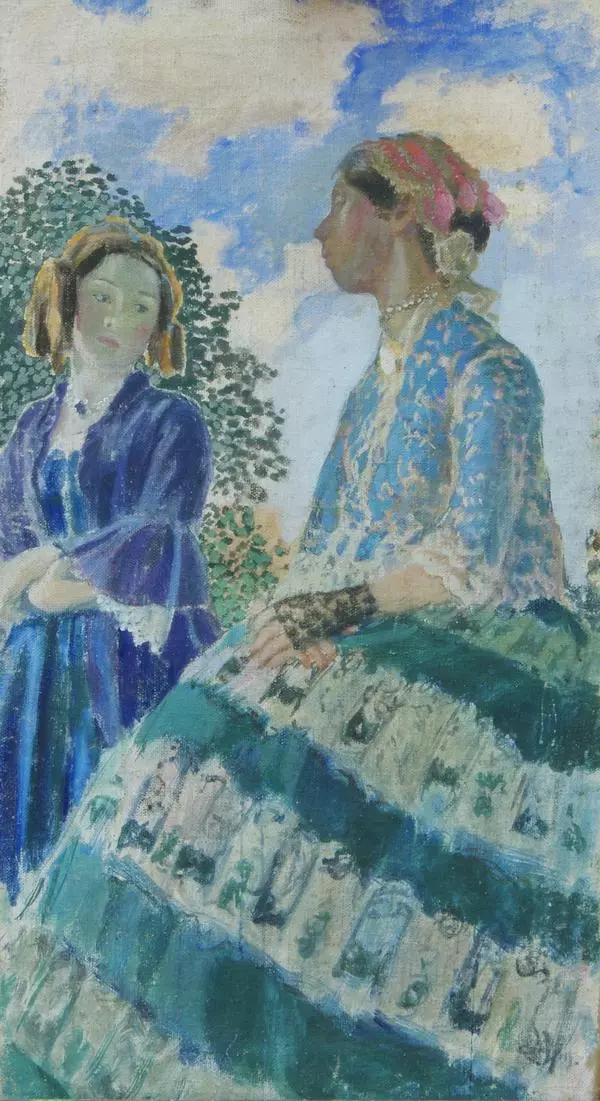Victor Borisov-Musatov was born into a family of former serfs in Saratov in 1870. From the age of six, the boy became interested in drawing, attended the Saratov Society of Art Lovers, and later studied painting at the Moscow School of Painting, Sculpture and Architecture.
Having become acquainted with the work of masters of various styles and trends, the painter became interested in symbolism and impressionism.
The main motive of the artist’s work was the old estates and the girls walking around them. It was this theme that helped him express his dream of a harmonious world filled with high poetry.
The artist was called “the saddest of noble nests and crinolines”, and his paintings so fascinated the viewer that they were called elegies.
From the paintings of Borisov-Musatov, the faces of beautiful ladies and mysterious strangers look at us. We associate the image of the Musatov girl with a thin, dreamy, unearthly woman.
The art critic and the first biographer of the artist Vladimir Stanyukovich wrote: “Some faces have clearly earthly features, and at the same time they are not real, not portrait. Everything is strangely changed, like reality changes in a dream or in memories.”
Having created his own painting style, the artist was able to use it to convey to the viewer his dream of the harmonious coexistence of man and nature.
The Pastel “The Lady in Crinoline” is one of the earliest works where the artist created an elegiac, sophisticated image of female beauty, pensive and sad. He really liked this female image - pure, non-worldly, from some distant time.
The image created by the artist expresses the mystery of the human soul, doomed to eternal silence.
The model’s costume corresponds to the poetic, turning to the past image. It is a crinoline of deep blue color and a lilac cape.
The pastels from the museum collection belong to a number of those works by Borisov-Musatov, where the master demonstrates a subtle understanding of nature and attracts with the skill of execution, lyricism of images. This work can be said in the line of Tyutchev: ‘My soul is the Elysium of shadows, ethereal, light and beautiful.’
Having become acquainted with the work of masters of various styles and trends, the painter became interested in symbolism and impressionism.
The main motive of the artist’s work was the old estates and the girls walking around them. It was this theme that helped him express his dream of a harmonious world filled with high poetry.
The artist was called “the saddest of noble nests and crinolines”, and his paintings so fascinated the viewer that they were called elegies.
From the paintings of Borisov-Musatov, the faces of beautiful ladies and mysterious strangers look at us. We associate the image of the Musatov girl with a thin, dreamy, unearthly woman.
The art critic and the first biographer of the artist Vladimir Stanyukovich wrote: “Some faces have clearly earthly features, and at the same time they are not real, not portrait. Everything is strangely changed, like reality changes in a dream or in memories.”
Having created his own painting style, the artist was able to use it to convey to the viewer his dream of the harmonious coexistence of man and nature.
The Pastel “The Lady in Crinoline” is one of the earliest works where the artist created an elegiac, sophisticated image of female beauty, pensive and sad. He really liked this female image - pure, non-worldly, from some distant time.
The image created by the artist expresses the mystery of the human soul, doomed to eternal silence.
The model’s costume corresponds to the poetic, turning to the past image. It is a crinoline of deep blue color and a lilac cape.
The pastels from the museum collection belong to a number of those works by Borisov-Musatov, where the master demonstrates a subtle understanding of nature and attracts with the skill of execution, lyricism of images. This work can be said in the line of Tyutchev: ‘My soul is the Elysium of shadows, ethereal, light and beautiful.’
